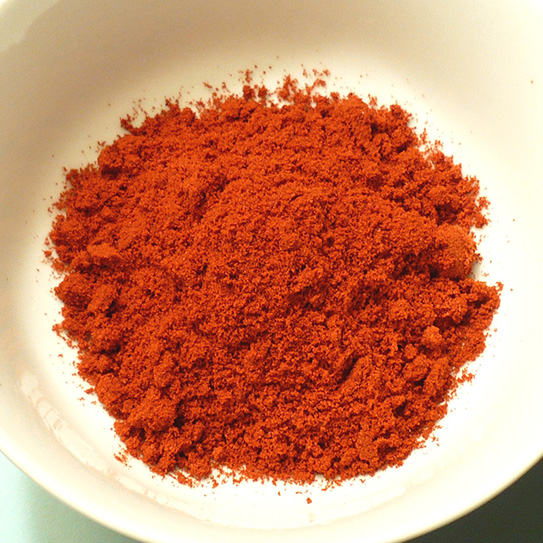
"Life is a wondrous phenomenon. I can only hope that some day man will achieve a deeper insight into its nature and its guiding principles and will be able to express them in more exact terms...To express the marvels of nature in the language of science is one of man's noblest endeavors."
-Dr. Albert Szent-Gyorgyi
FOR CENTURIES, scurvy plagued sailors, pirates, and others aboard ships at sea longer than perishable raw fruits and vegetables could be stored. The signs and symptoms of survey include bleeding gums, gum disease, loosening of teeth, as well as skin and wound healing changes. It is estimated that between the years 1500 to 1800 at least two million sailors died of scurvy. Scurvy can still be found as a severe sign of malnutrition today.
A Brief History of the Discovery of Vitamin C
In 1742, scurvy was finally eradicated from the Royal Navy when fresh lemons were implemented. Soon a concentrated drink, Rose's lime juice, became a requirement of all ships, hence the term "limey", first for British sailors, then for English immigrants, and finally, in old American slang, for British people.
Bleeding gums can be an early sign of malnutrition or a poor diet which excludes uncooked fresh fruits and vegetables. In the late 1960s, a study of Iowa state prisoner "volunteers" discovered that the first signs of scurvy from a vitamin-C deficient diet would occur in as little as four weeks.
Although orange juice and lemon juice had high levels of vitamin C, they contained sugars that made purification of this important nutritional agent extremely difficult. It wasn't until scientist Dr. Albert Szent-Gyorgyi was eating dinner in the Paprika capital of the world, Szeged, Hungary, that the agent of Vitamin C was discovered. In guinea pigs, he had been looking for an anti-scorbutic agent for scorbutus, latin for scurvy, induced by a totally cooked food diet. His wife served him fresh red paprika. "I did not feel like eating. Suddenly it occurred to me that this...I had never tested. I took the paprika to the laboratory...about midnight I knew that it was a treasure chest of vitamin C." His ascorbic acid from paprika when fed to the scurvy guinea pigs cured them. It was the equivalent to vitamin C.
A “Nobel” Effort
In 1937, just four year after his paprika ascorbic acid identification of vitamin C, Szent-Gyorgyi received the Nobel Prize for his seminal work. He immigrated to the United States in 1947 where he worked at the Institute of Muscle Research at Woods Hole, Massachusetts. He died in 1986.
Ann Marie Gorczyca, D.M.D., M.P.H., M.S.
Gorczyca Orthodontics, Antioch, California
www.clubbraces.com







